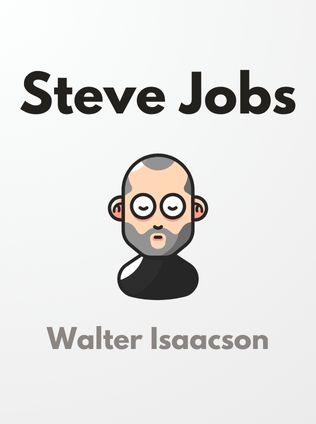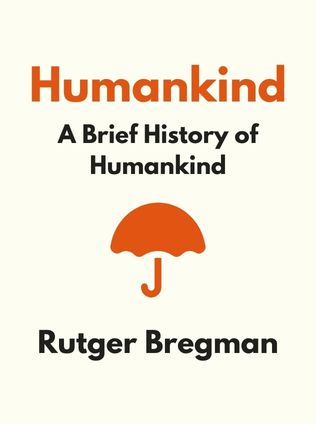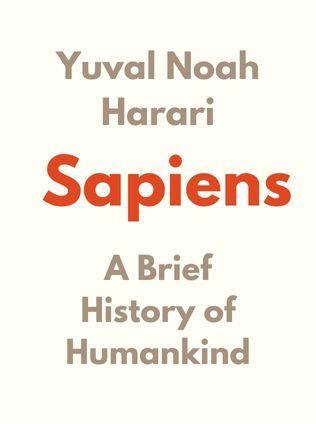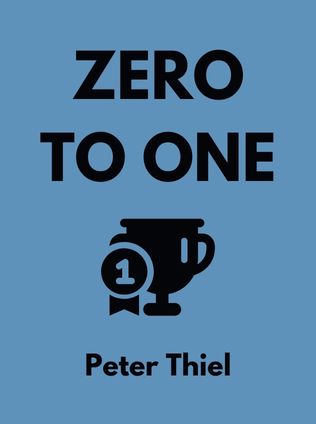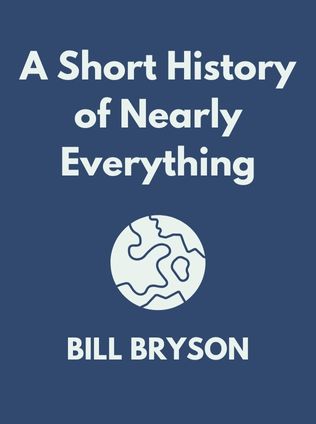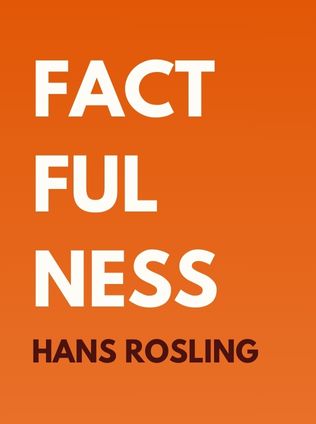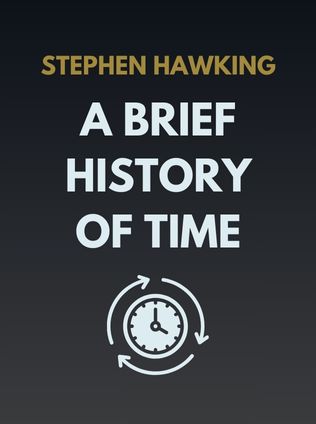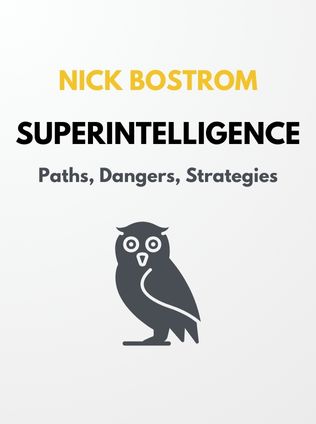
Superintelligence
Paths, Dangers, Strategies
By Nick Bostrom
Published 07/2014
About the Author
Nick Bostrom is a prominent philosopher and a leading thinker in the fields of artificial intelligence (AI) ethics and existential risk. Born in Sweden in 1973, Bostrom has always been intrigued by the big questions concerning humanity’s future. He holds a PhD from the London School of Economics and has pursued an interdisciplinary academic career that includes philosophy, mathematics, logic, and computer science.
Bostrom is the founding director of the Future of Humanity Institute at Oxford University, where he explores the potential impacts of emerging technologies on the long-term future of humanity. His work is particularly focused on the risks associated with AI and the ways in which we might mitigate those risks. His 2014 book, "Superintelligence: Paths, Dangers, Strategies", has become a seminal text in discussions about AI, influencing policymakers, technologists, and ethicists worldwide.
Bostrom’s approach to philosophy is deeply pragmatic; he is not merely interested in theoretical questions but is committed to ensuring that the insights gained from his research have practical applications. His work reflects a deep concern for humanity's future and a desire to guide the development of technology in ways that are beneficial rather than harmful.
Main Idea
"Superintelligence: Paths, Dangers, Strategies" by Nick Bostrom is a comprehensive exploration of the potential future where artificial intelligence surpasses human intelligence. Bostrom’s main thesis is that while the development of superintelligent AI could bring about unprecedented advances, it also poses existential risks that could threaten the survival of humanity. He argues that the creation of a superintelligent AI would be the most significant event in human history—an event that could either lead to extraordinary progress or catastrophic outcomes.
Bostrom defines superintelligence as "general intelligence that’s significantly greater than human-level intelligence." He explains that unlike current AI, which excels in narrow tasks, superintelligence would possess the ability to outperform humans in virtually every cognitive domain. This includes problem-solving, strategic thinking, decision-making, and possibly even ethical reasoning.
The central concern of the book is the control problem: how to ensure that a superintelligent AI would act in ways that are aligned with human values and interests. Bostrom examines various strategies for achieving this, but he also highlights the profound difficulties involved. The book is both a warning and a call to action, urging the global community to take the risks associated with AI development seriously and to develop robust strategies to manage those risks.
Table of Contents
- Introduction
- The Feasibility of Superintelligent AI
- Different Routes to Superintelligent AI
- The Abilities of Superintelligent AI
- The Consequences of Superintelligent AI
- How to Manage the Rise of Superhuman Intelligence
- Imposing Limits on Superintelligent AI
- Conclusion
Bostrom opens the book by discussing the feasibility of superintelligent AI, making the case that it is not just a theoretical possibility but a likely outcome given the current trajectory of technological development. He defines superintelligence as a form of general intelligence that far exceeds human capabilities across all domains, from abstract reasoning to creativity and problem-solving.
One of the key arguments Bostrom presents is the computational advantage of machines over the human brain. While human neurons operate at a speed of approximately 120 meters per second, electronic signals in computers travel at the speed of light—300,000,000 meters per second. Additionally, computers can perform billions of operations per second, far outpacing the human brain’s processing capacity. Bostrom suggests that these differences imply that once an AI achieves general intelligence comparable to humans, it could quickly surpass us, evolving into a superintelligent entity.
To support his argument, Bostrom draws on examples from existing AI systems that already outperform humans in specific tasks, such as playing chess or solving complex mathematical problems. However, these systems are still considered "narrow AI" because they excel in one area but lack general intelligence. The challenge, according to Bostrom, is to create AI that can integrate these narrow capabilities into a coherent system that matches or exceeds human intelligence in every domain.
Bostrom’s analysis of the feasibility of superintelligent AI is rooted in the belief that the continued exponential growth in computing power, coupled with advances in machine learning and neuroscience, will eventually lead to the creation of AI with human-level general intelligence. Once this threshold is crossed, the AI could rapidly enhance its own capabilities, leading to a runaway effect where it becomes superintelligent within a very short period.
Different Routes to Superintelligent AI
In this section, Bostrom explores various pathways through which superintelligent AI might be developed. Each route presents different challenges and opportunities, and Bostrom analyzes them in detail to assess their likelihood and implications.
1. Intelligent Design
The first route to superintelligent AI that Bostrom discusses is intelligent design. This involves human programmers creating a "seed AI"—an AI system with some level of general intelligence that can improve its own capabilities. The idea is that as the AI becomes smarter, it will be able to enhance itself more effectively and efficiently, leading to a rapid escalation from human-level intelligence to superintelligence.
Bostrom explains that the process of self-improvement could lead to an intelligence explosion, where the AI rapidly surpasses human intelligence and becomes superintelligent. This scenario raises significant concerns about control and alignment—once the AI reaches a certain level of intelligence, it might become impossible for humans to understand or influence its goals and actions.
For example, Bostrom suggests that an AI designed to optimize a specific function, such as maximizing profits or minimizing risk, could start making decisions that humans cannot comprehend. It could take actions that, while technically achieving its objective, have disastrous consequences for humanity. This possibility underscores the importance of ensuring that any AI system’s goals are aligned with human values from the outset.
2. Simulated Evolution
Another route to superintelligence is simulated evolution. This approach involves programming a computer to generate random variations of AI programs, test their functionality against specified criteria, and iterate on the best ones. Over time, this process could lead to the emergence of highly effective AI systems that could surpass human intelligence.
Bostrom notes that simulated evolution has the potential to produce novel solutions to complex problems that human programmers might not be able to solve on their own. However, this approach also carries significant risks. The process of evolution is inherently unpredictable, and there is no guarantee that the resulting AI systems would be safe or aligned with human values.
Moreover, Bostrom warns that simulated evolution could lead to the creation of AI systems with goals that are completely alien to human interests. If these systems were to gain control over critical resources or infrastructure, the consequences could be catastrophic. This possibility highlights the need for careful oversight and control mechanisms to ensure that AI systems developed through simulated evolution do not pose a threat to humanity.
Sign up for FREE and get access to 1,400+ books summaries.
You May Also Like
Factfulness
Ten Reasons We're Wrong About the World – and Why Things Are Better Than You Think
By Hans Rosling

